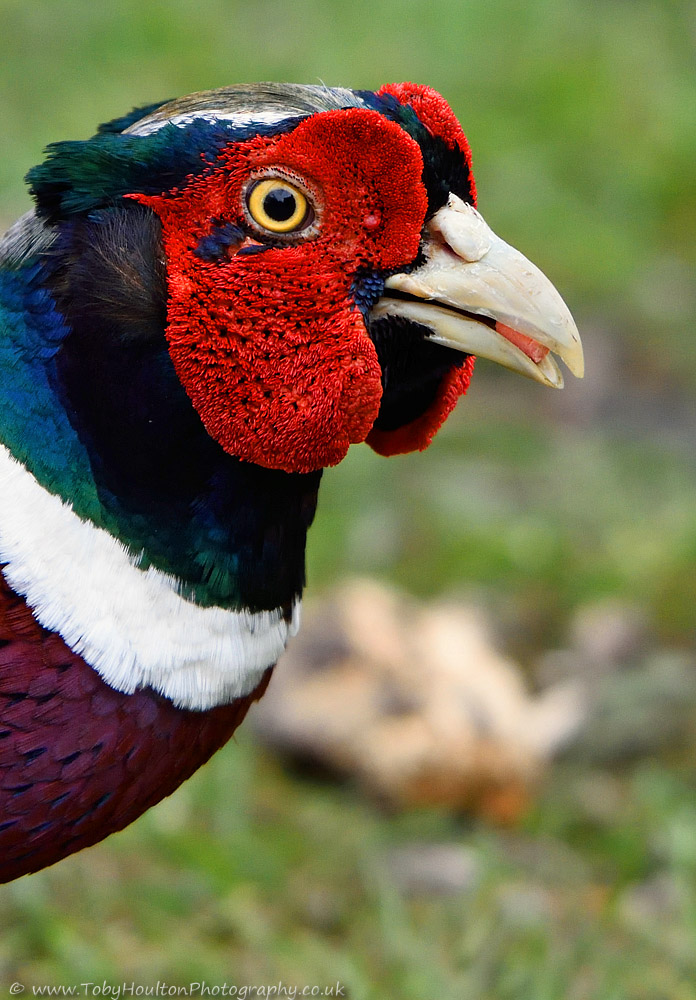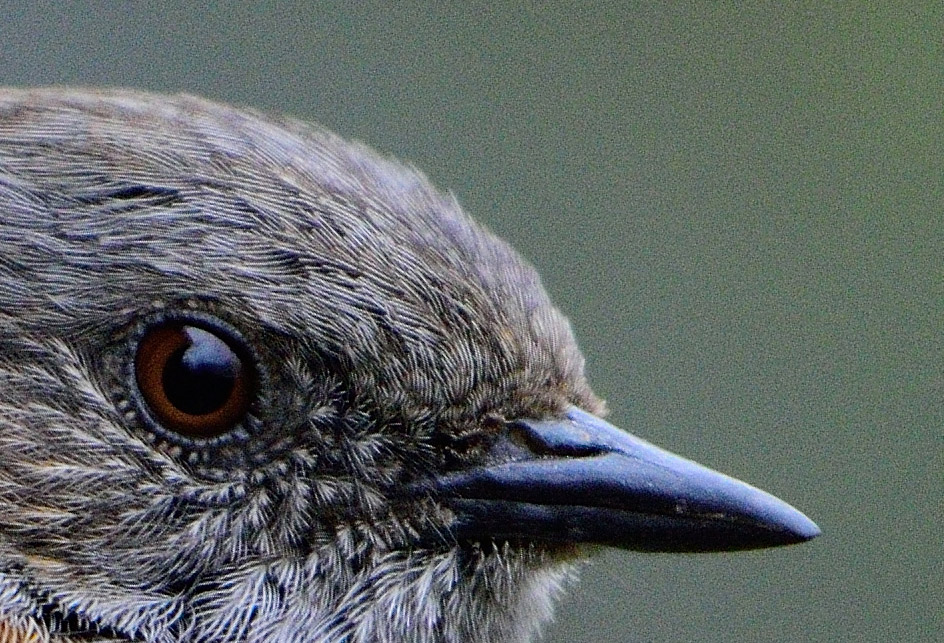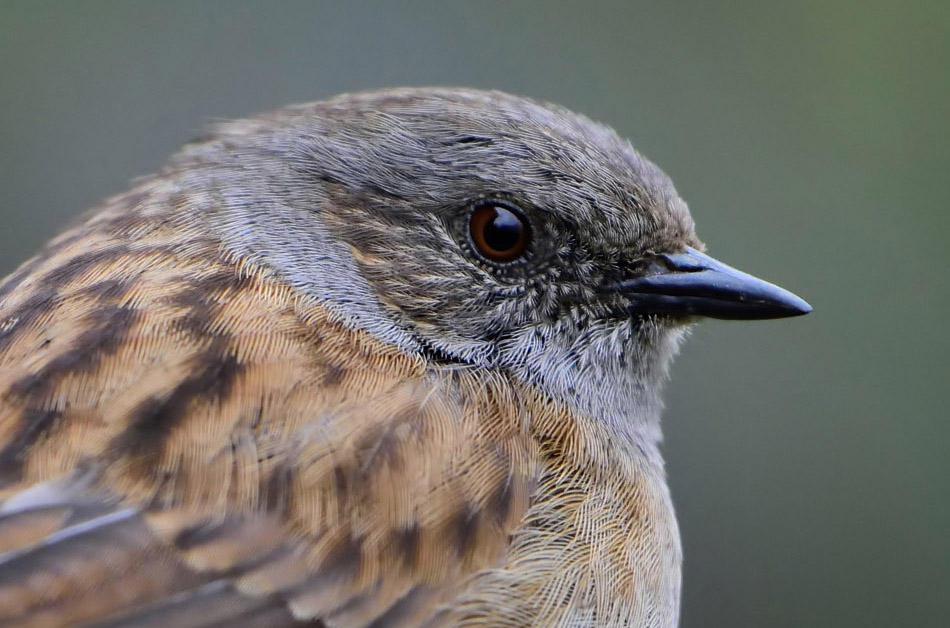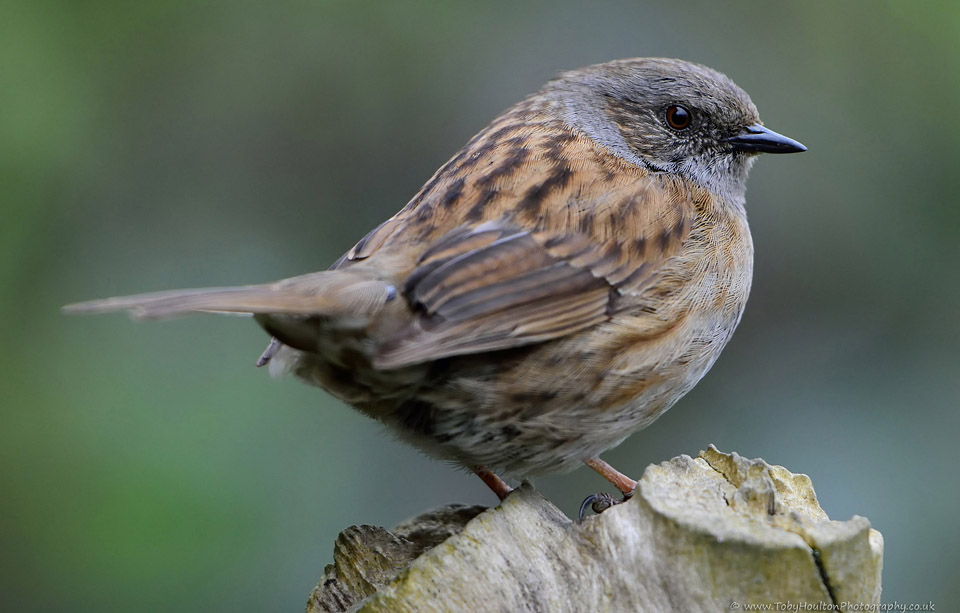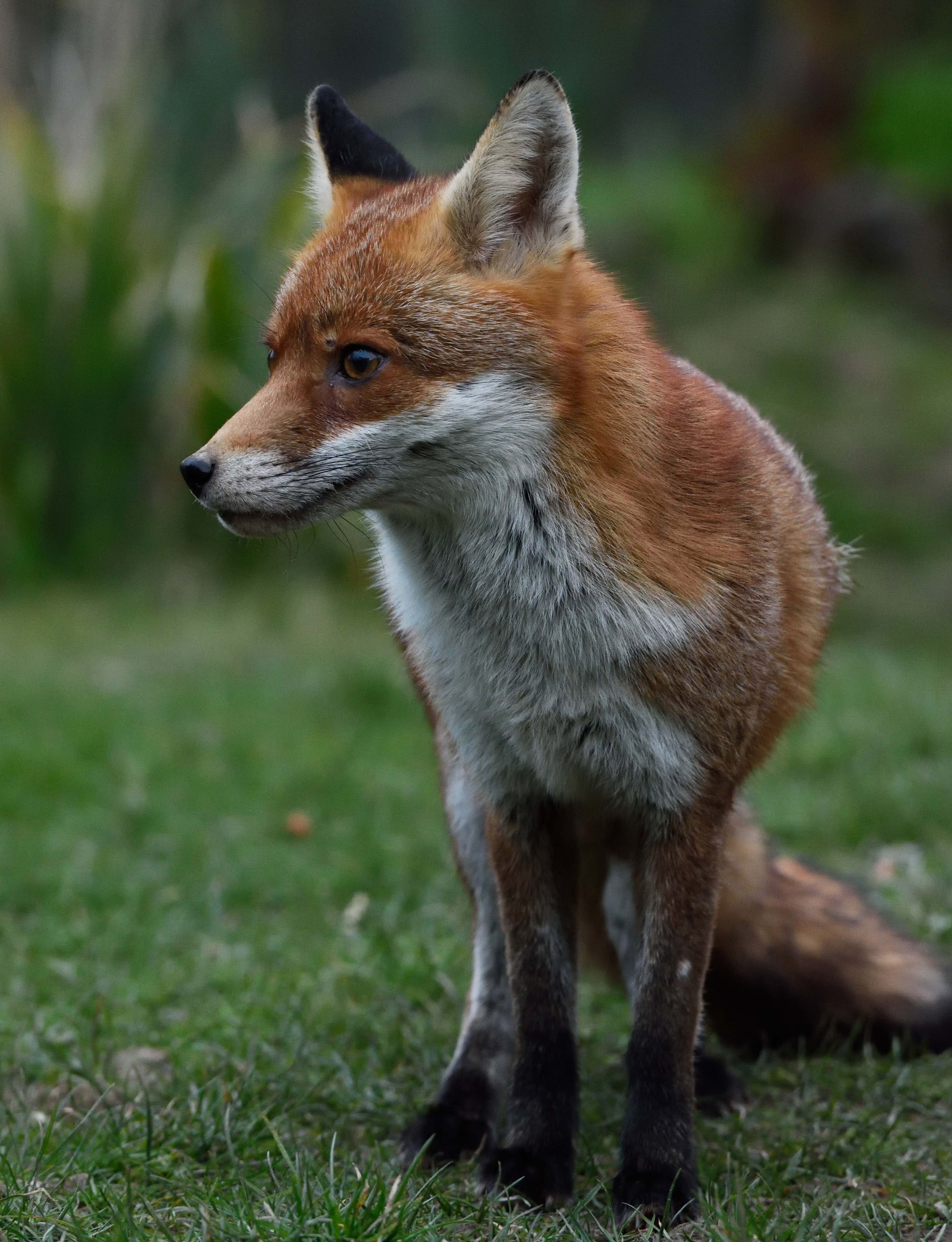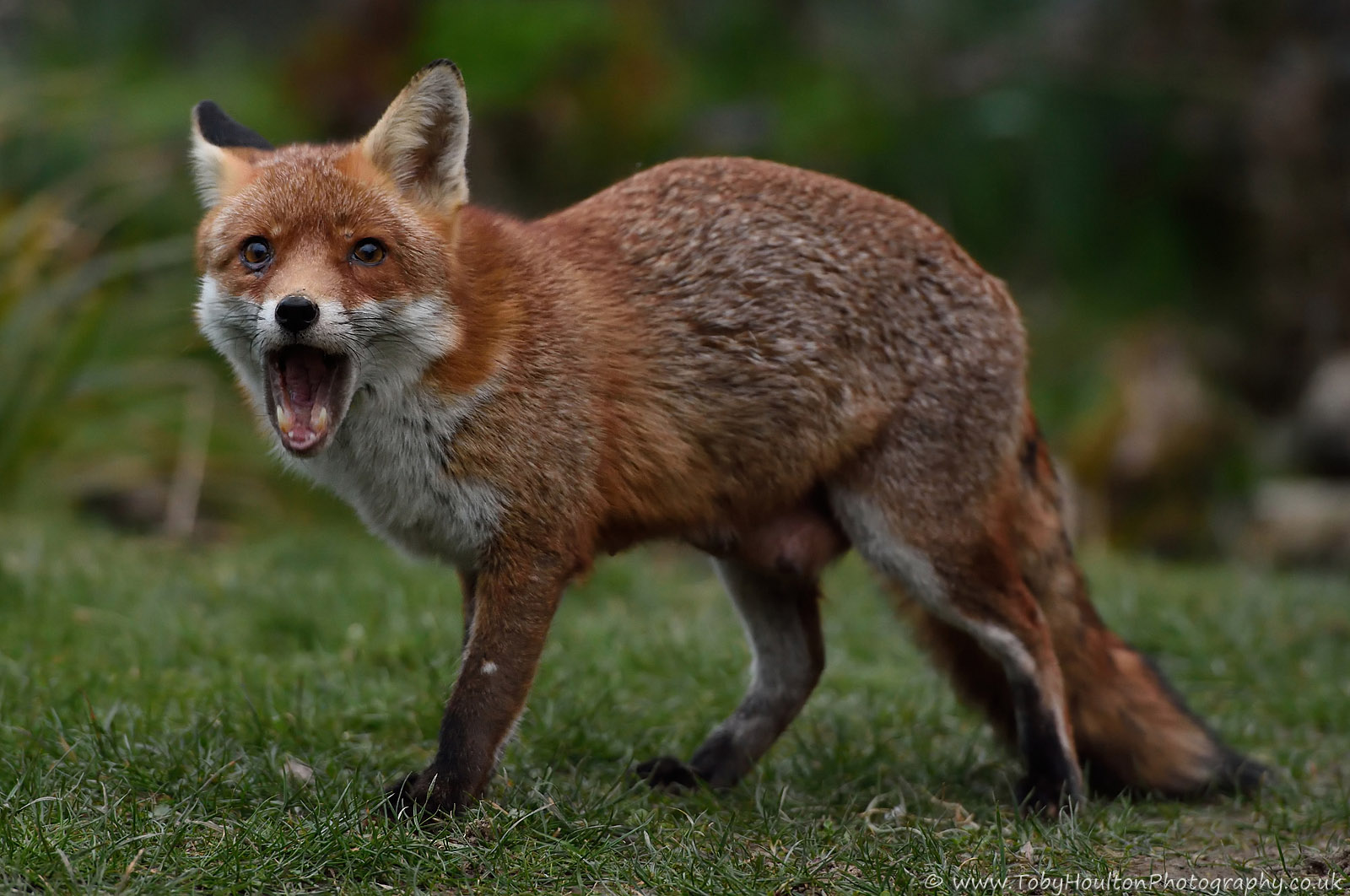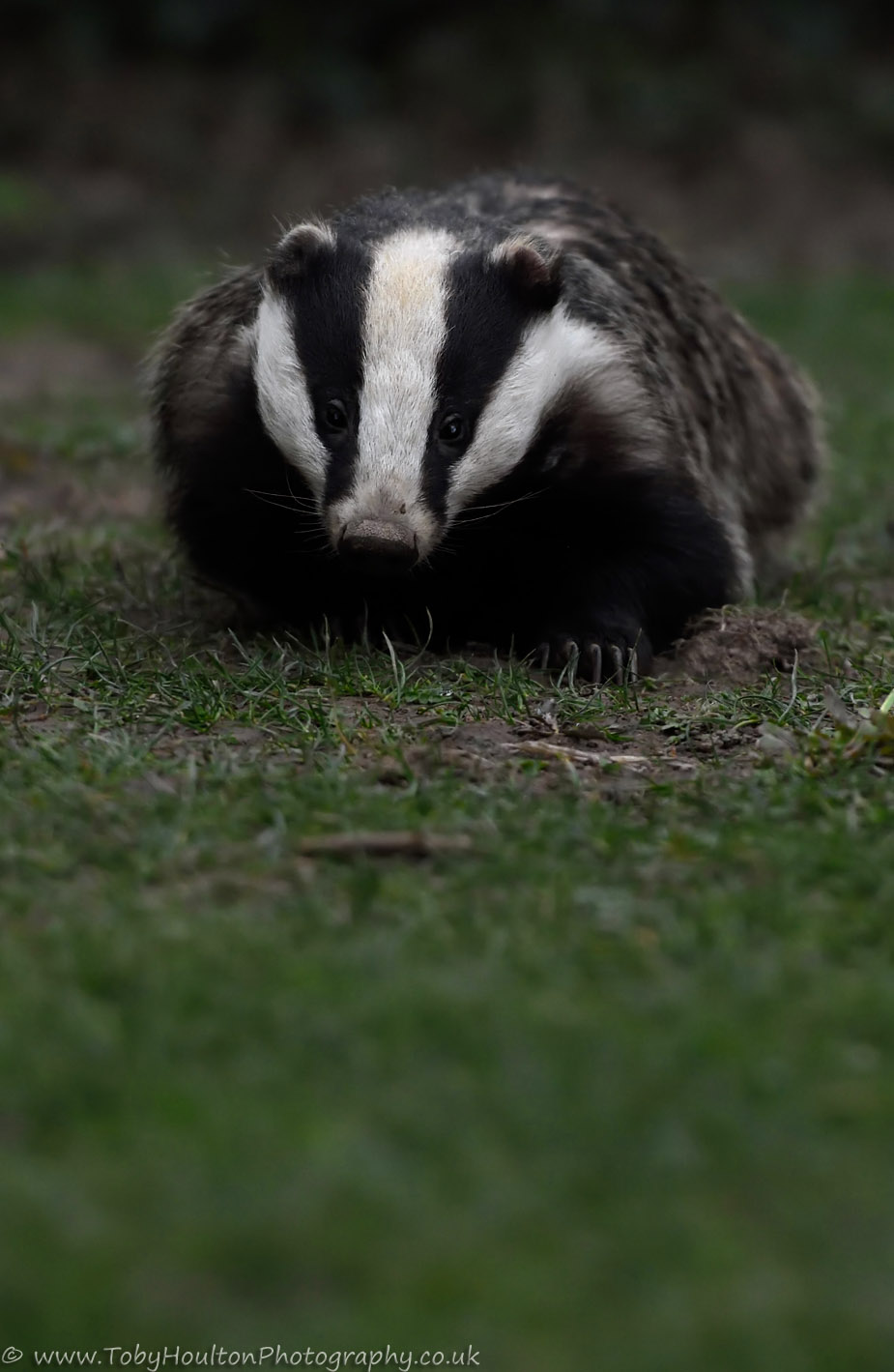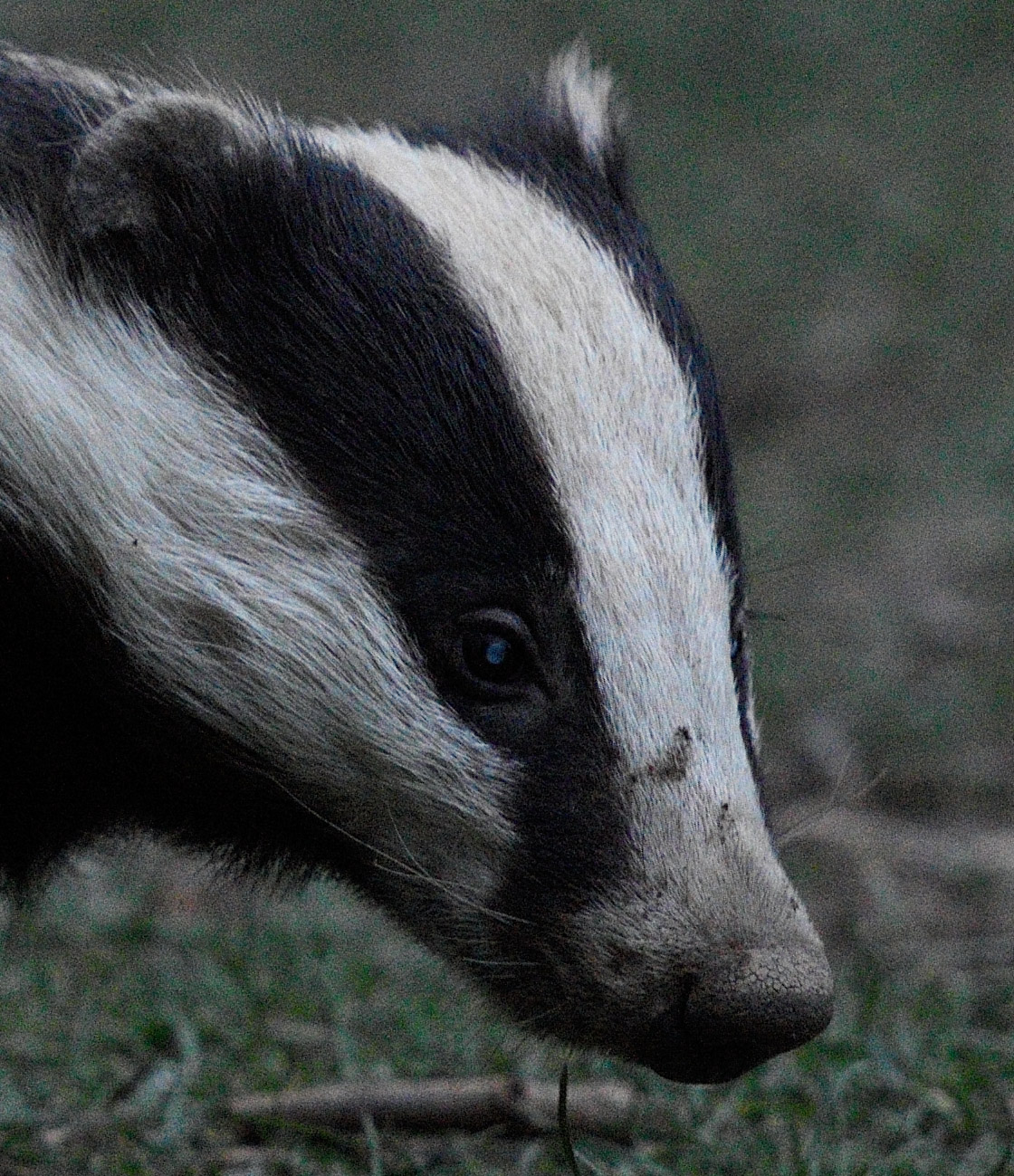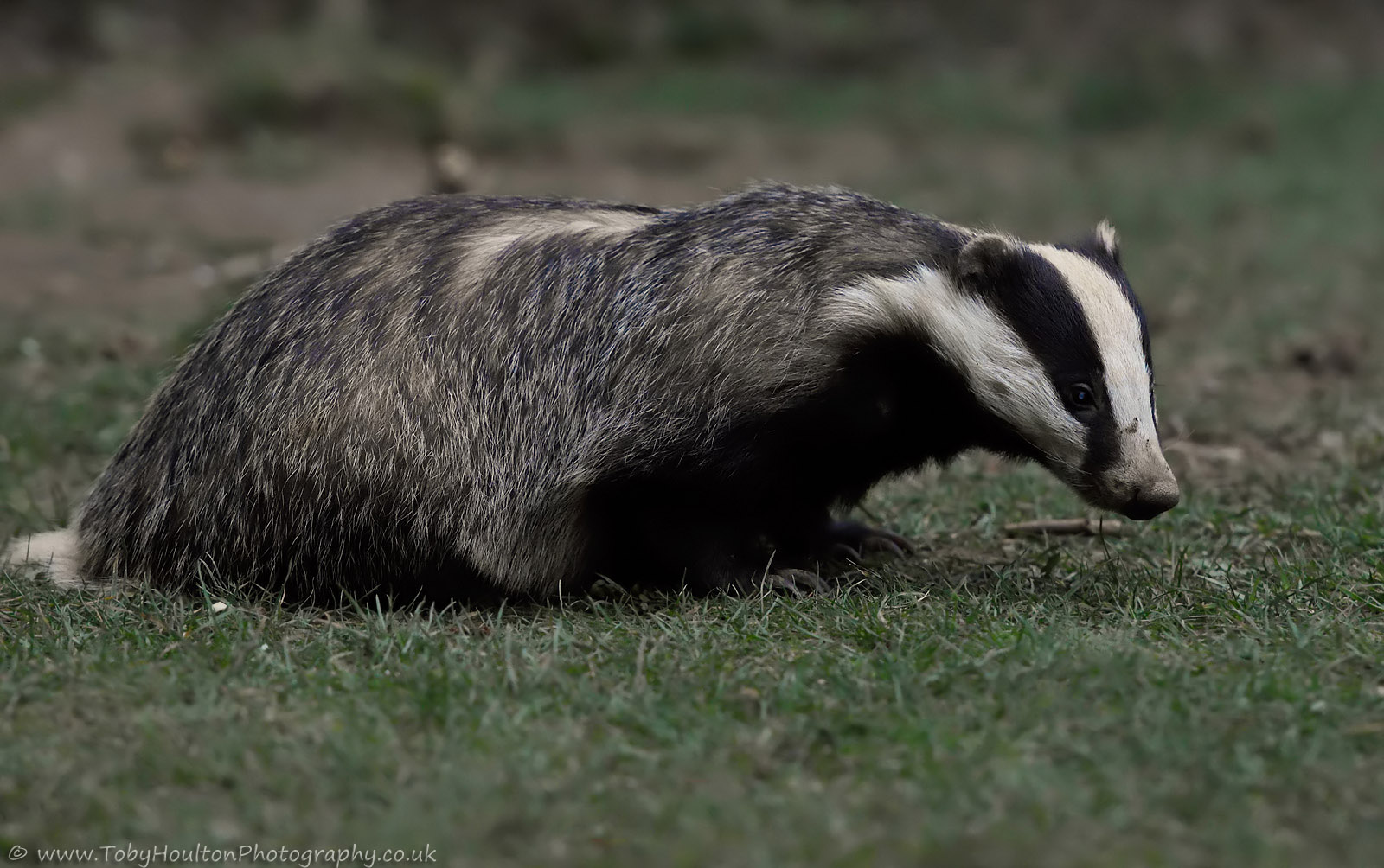Half way through April and spring is well and truly underway. I guess the best way to start this post is with the most obvious sign of spring from the garden and one that many people probably take for granted – a frog chorus. Now frogs are hardly rare but you would be forgiven for thinking that in my garden. Despite having two reasonably sized wildlife ponds, it has been the newts that rule the water (newts eat frogspawn and vice versa)….maybe that’s all about to change?
After finding quite a few adult frogs at night and hearing them sing from our bedroom window, I knew that maybe this year would be a little different. My hopes were realised when one morning on my way to feed the birds I saw the first frog spawn of the year, and the first time in abundance for my pond(s).
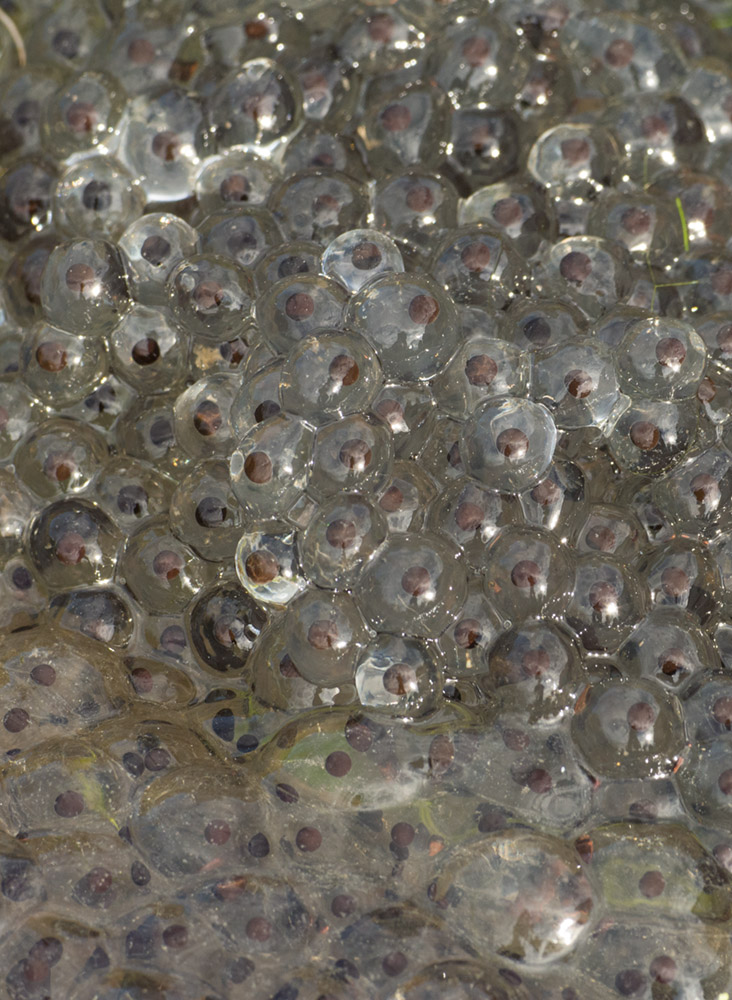
Frogspawn clump
Over the next couple of weeks there was a steady addition of spawn, the result being a large semi-floating mass with what must number into the thousands of eggs.
I’ve not had many chances to photograph Common Frogs so firstly out came the macro lens and my waterproof mat and I spent a session or two laid out at the side of the pond –
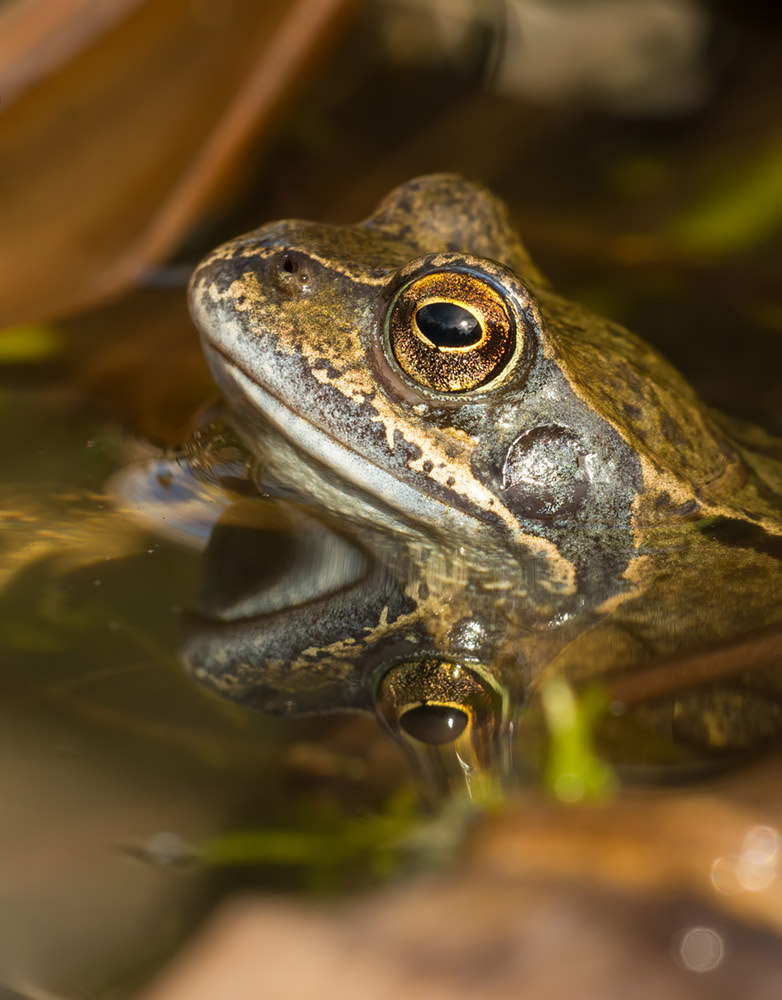
Common Frog close up
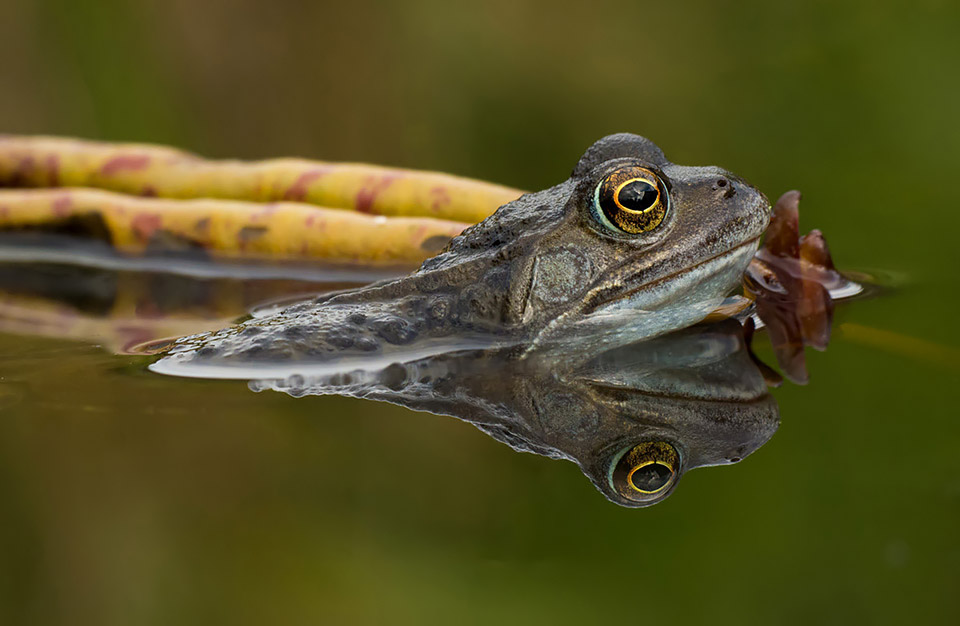
Common Frog Reflection
Despite some reasonable success they were still quite shy. What about trying to photograph them at night I wondered? A couple of remotely triggered flash units placed at 45 degress from each side and I was ready to go. This time the frogs were amazingly approachable with a little care and sat nicely for their portraits –
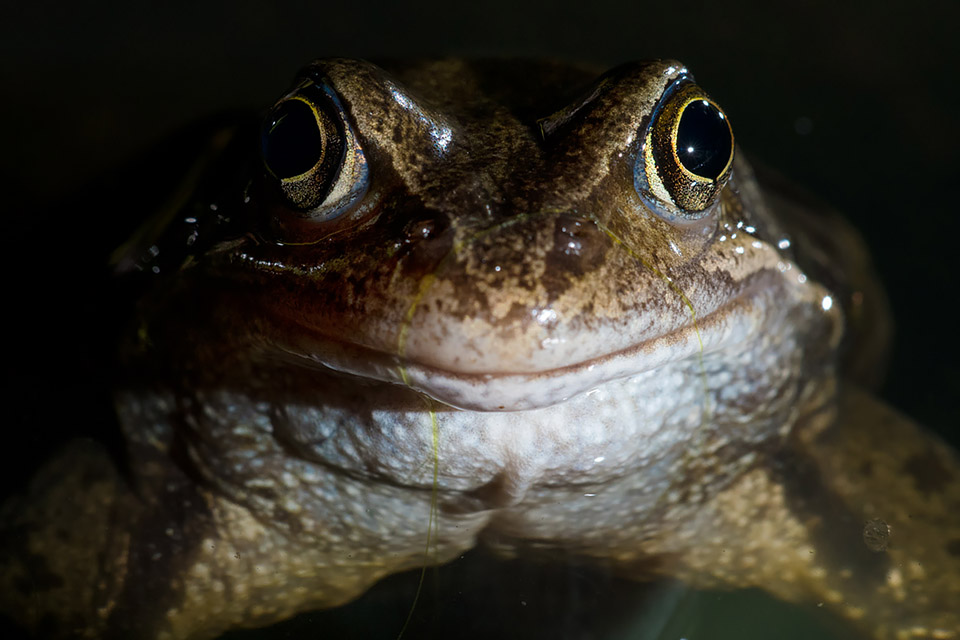
Smiley frog portrait
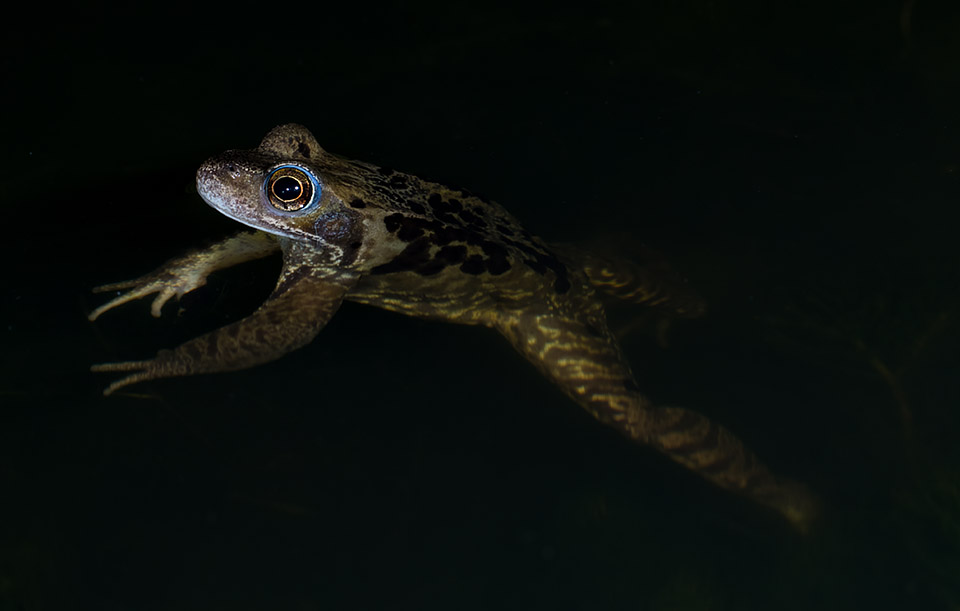
Floating in the dark
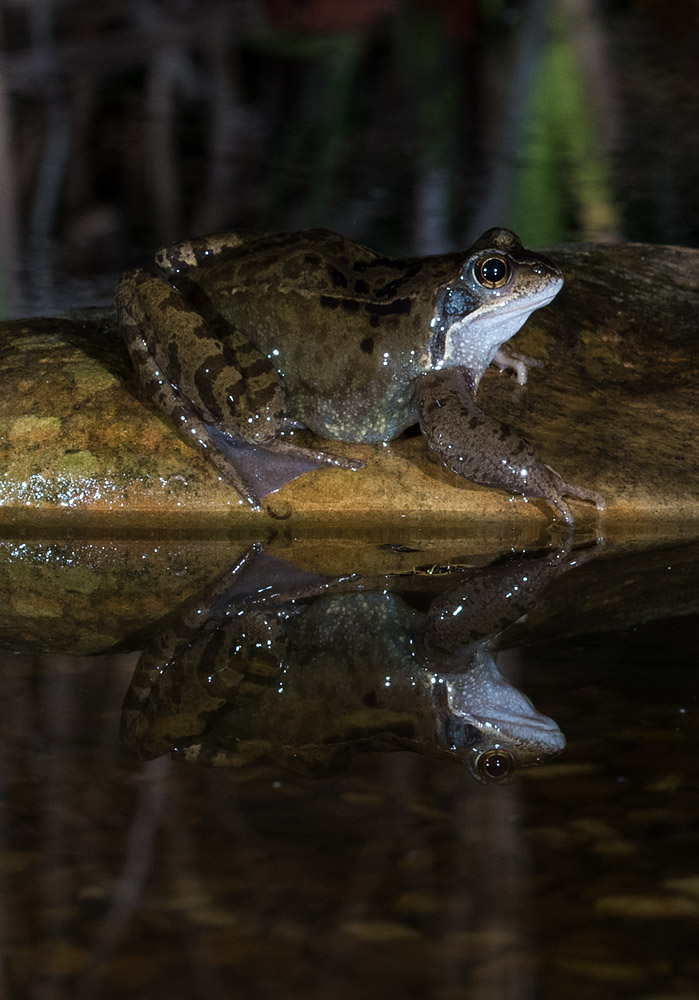
Common Frog reflected at night
Whenever walking the garden at night around this time of year I have to be really careful of the travelling newts as they move around on damp nights –
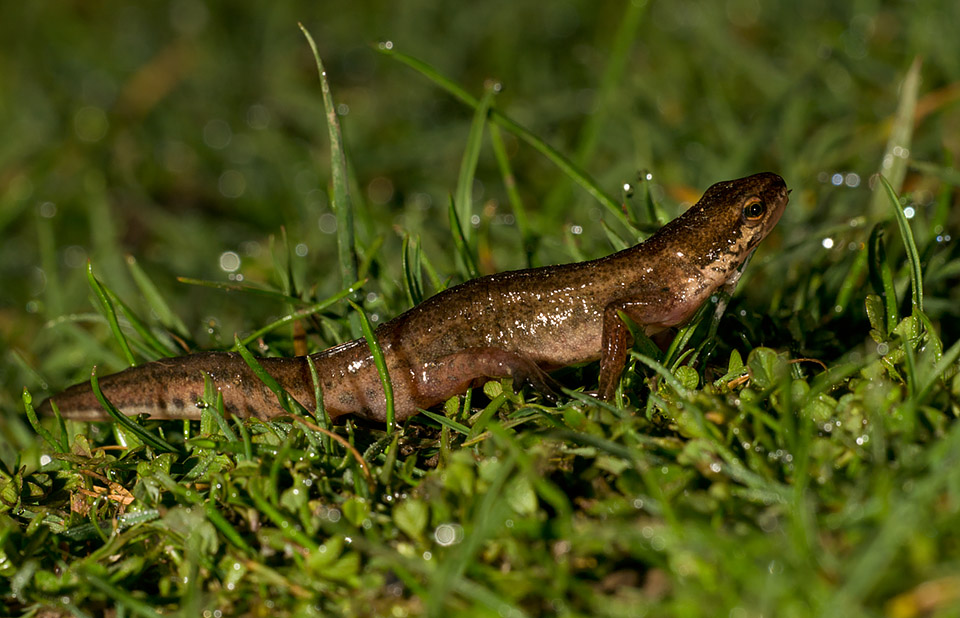
Newt crossing lawn at night
It’s now a few weeks since the spawn was laid and my pond (the bulk was laid into a single pond) is now a writhing mass of life – everywhere you look there is a tadpole darting about, I could watch it for hours!
When the spawn first hatches the tadpoles tend to stay together and eat the rest of the jelly from the eggs, I tried to get a few images of this but any image taken into water is really difficult. Hopefully these convey what I was seeing –
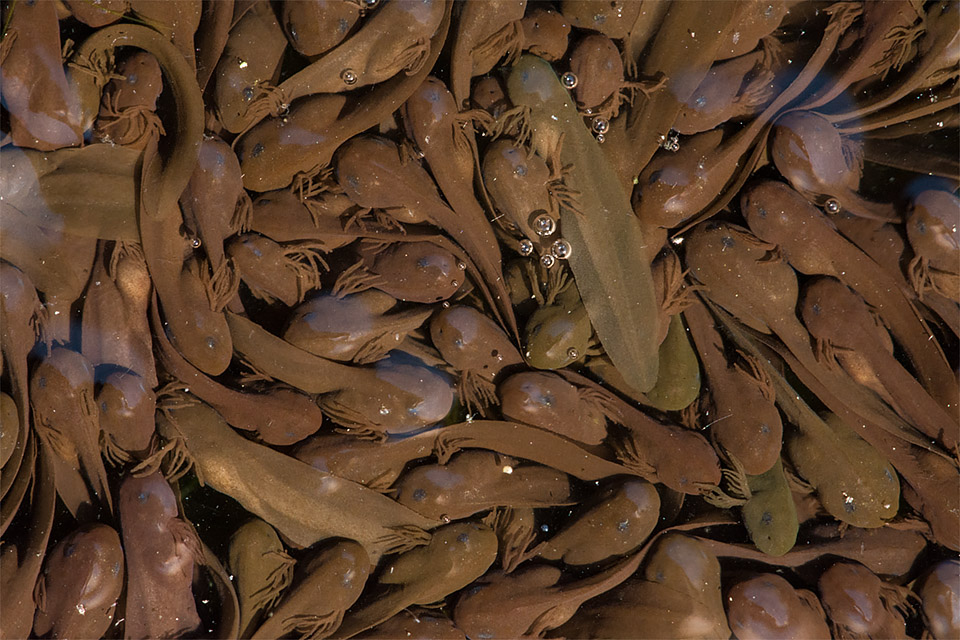
Mass of tadpoles
Finally for the frog theme, i’m trying out a little aquarium photography. Although it’s a reasonable start, I’ll need to work out how to clear the water as the following image shows (oh and notice the hoglice in the bottom right photobombing!)
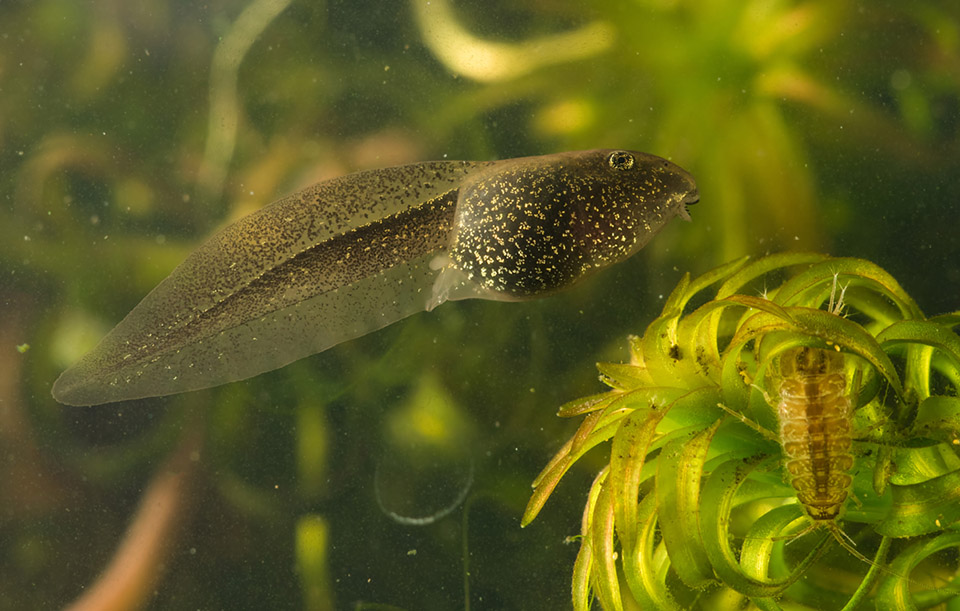
Tadpole underwater shot
Bird wise the garden has been quite busy with the smaller birds being most active it seems. This Goldcrest was a welcome visitor and has been seen around regularly and not alone. Hopefully they will be nesting nearby –
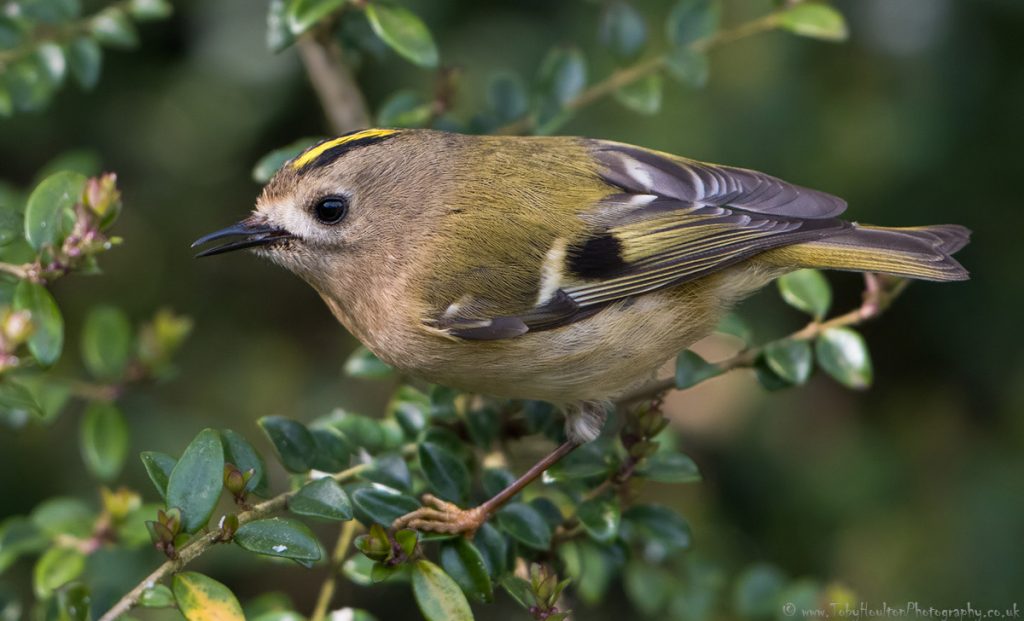
Goldcrest side portrait
Another lovely little bird that is definitely nesting nearby is the Long Tailed Tit. They have been picking up tiny bits from my fat feeders before zipping around finding spiders webs with which to construct their nest –
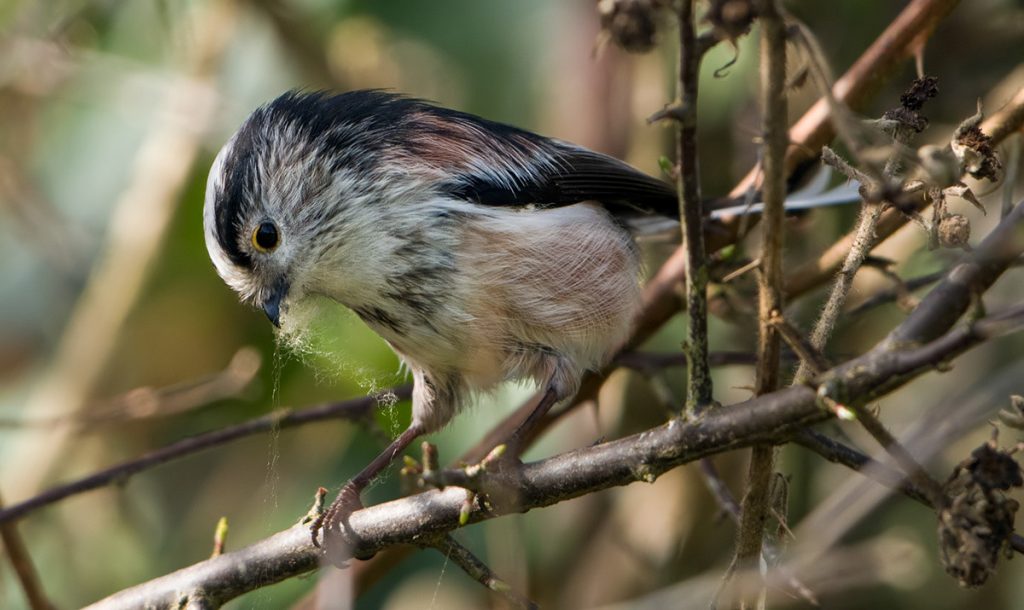
Long Tailed Tit gathering nesting material
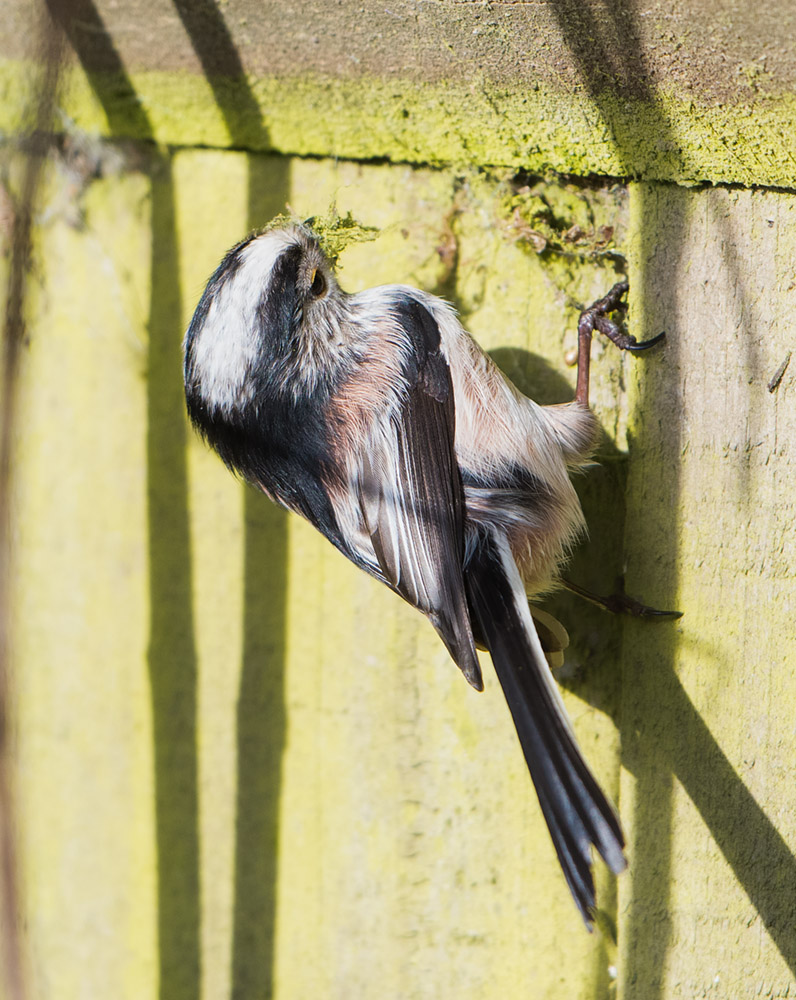
Long Tailed Tit with moss
Not the best images but something I don’t often see so worth inclusion here.
They even have enough energy to manage a few chin-ups…
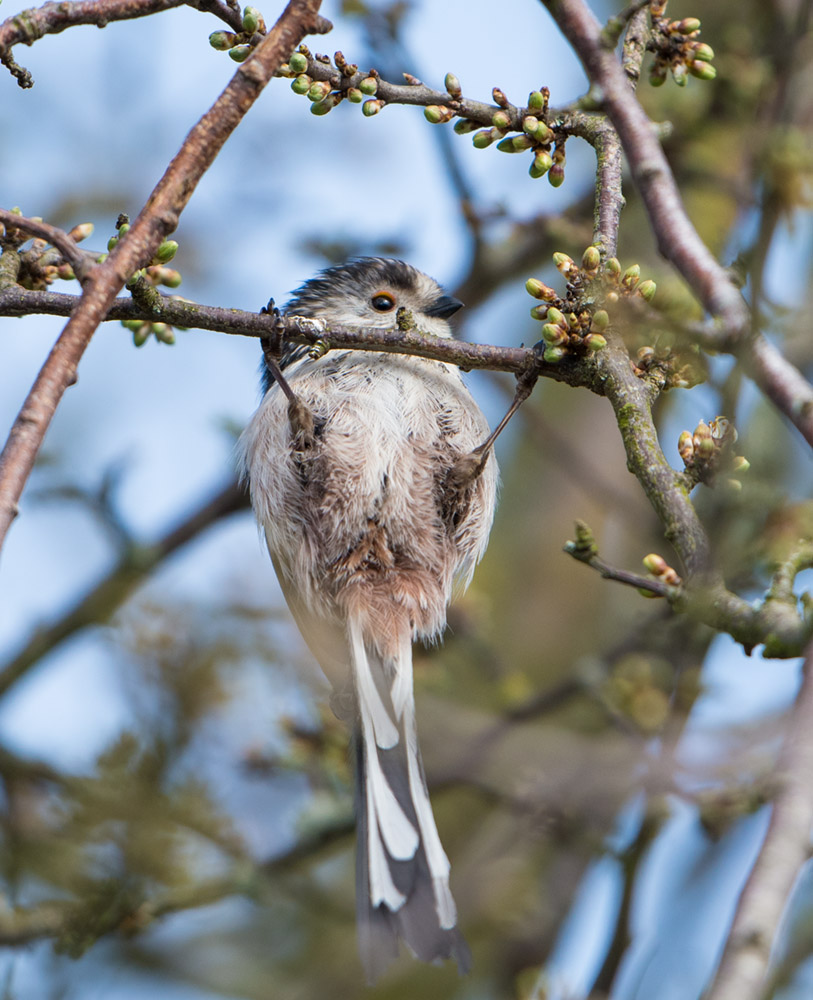
Long Tailed Tit chin up
Moving away from the garden, I was treated to my first singing Sedge Warbler at Rye Harbour Nature Reserve at the beginning of April. This is a welcome sound as it heralds the reedbeds coming alive with warblers for the next few months. A small amount of time stood still and the bird was happily belting out his song close enough for some lovely portraits.
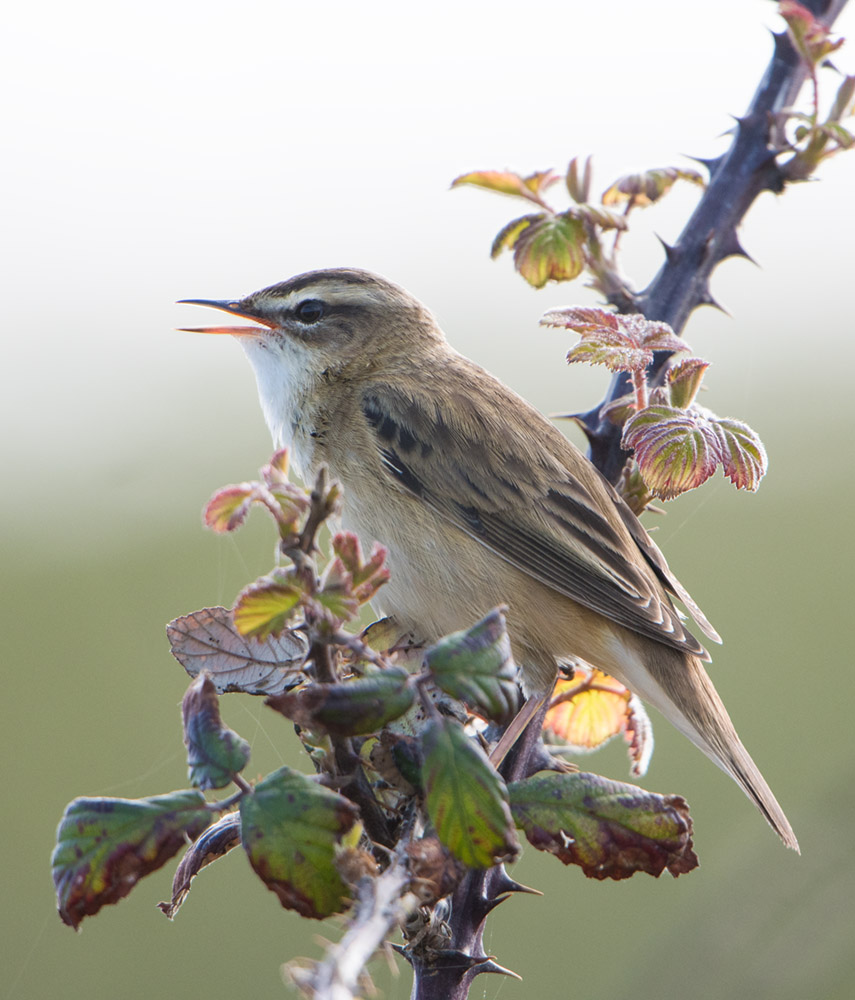
Sedge Warbler portrait
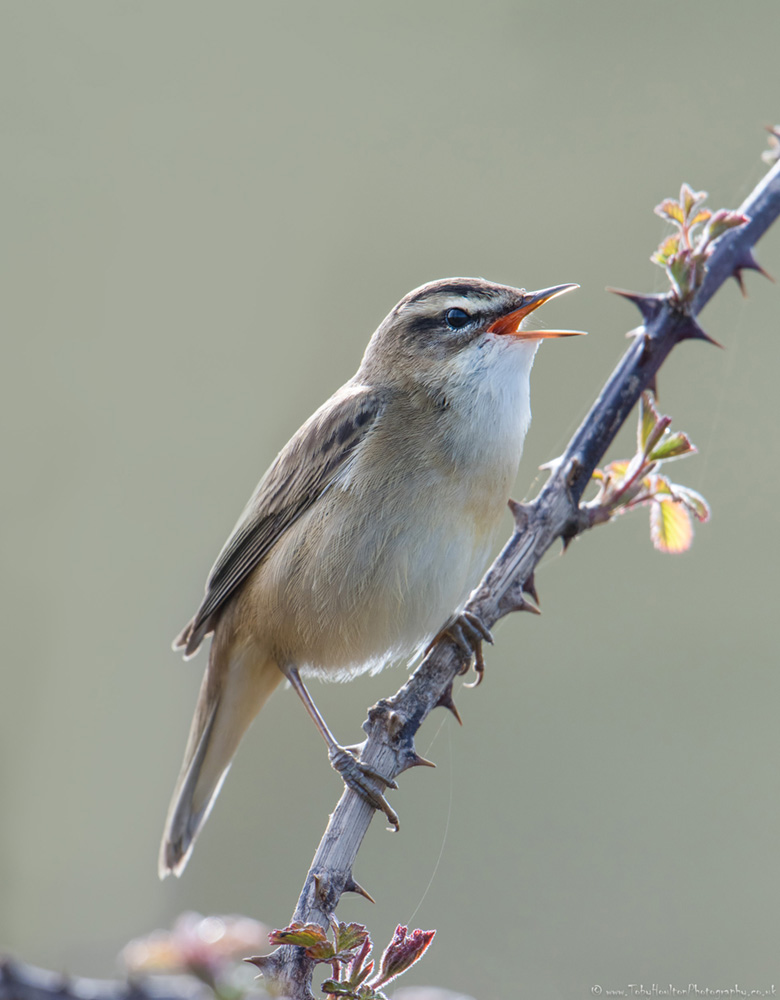
Singing Sedge Warbler
Finally, I’ve been giving access to private farmland, something I’ve been longing for to get some new space where it’s less likely i’ll be disturbed. It’s noticeable that all the wildlife I’ve spotted so far is really shy so it’ll be fun trying to get some good images.
One bird there is no shortage of is the Pheasant – this shot was early morning, low light and high ISO so fairly pleased with how it came out –
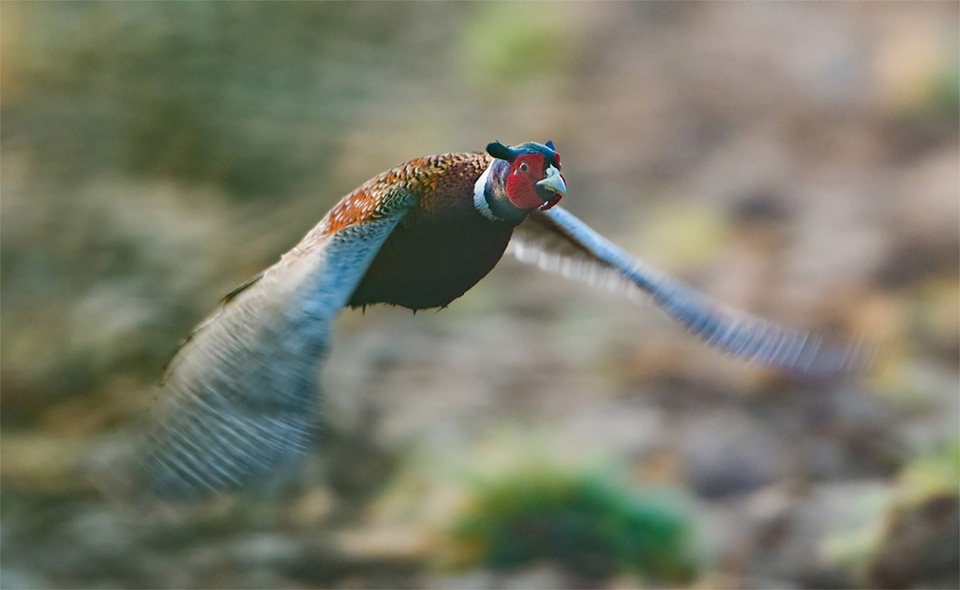
Pheasant in flight
I also managed to find a pair of Treecreepers making a nest in some rotted wood. I’ll be keeping an eye on them over the coming weeks. I’d love to see the youngsters fledge into a huddle! –
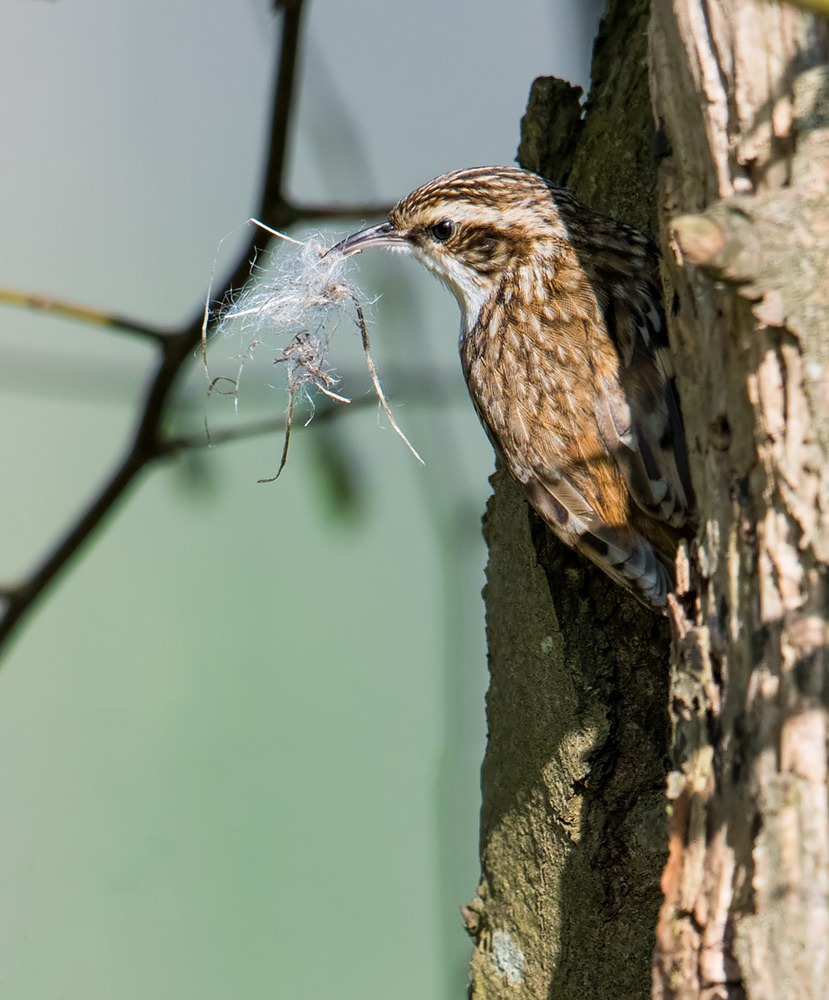
Treecreeper with nesting material
That’s it for this instalment. Hope you enjoyed the images.
